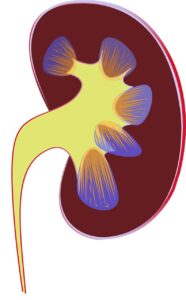 Paroxysmal nocturnal hemoglobinuria (PNH) is a chronic multisystem, progressive and life-threatening disease which is characterized by intravascular hemolysis, thrombotic complications, severe infections and bone marrow failure. PNH is a rare disease with estimated prevalence of 2/100 000 by Orphanet data.
Paroxysmal nocturnal hemoglobinuria (PNH) is a chronic multisystem, progressive and life-threatening disease which is characterized by intravascular hemolysis, thrombotic complications, severe infections and bone marrow failure. PNH is a rare disease with estimated prevalence of 2/100 000 by Orphanet data.
Treatment paradigm of PNH has changed with the introduction of complement inhibition by anti-C5 antibodies and proximal complement inhibitors. Complement inhibition has led to significant reduction of thrombotic episodes, stabilization of hemoglobin, control of hemolysis and quality of life improvement for patients with PNH. Treatment with terminal complement inhibitors has been shown to improve disease complications such as renal dysfunction and pulmonary hypertension.
Current review has aimed to summarize contemporary PNH treatment guidelines published by international and national European hematology societies. Furthermore, presented are indications for initiation and discontinuation of anti-C5 antibodies according to recommendation by PNH working groups in several European countries. Read the full article here.
